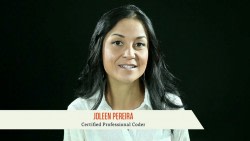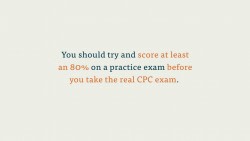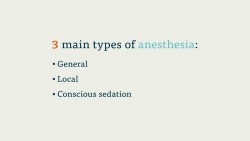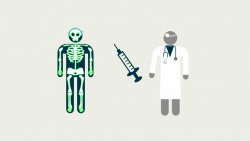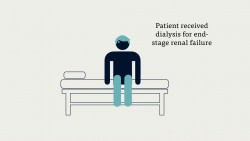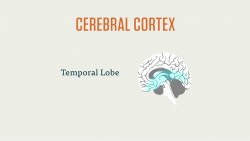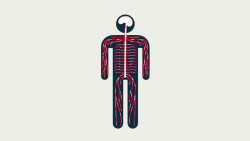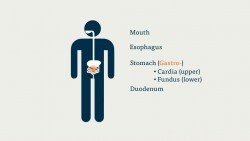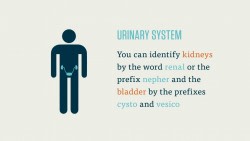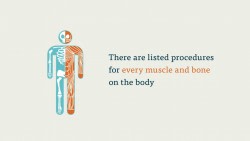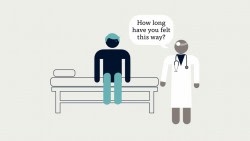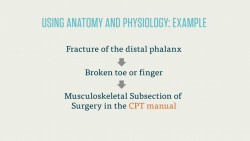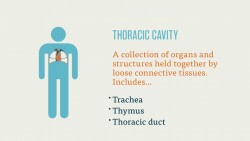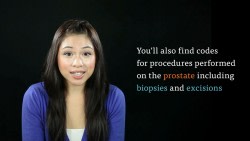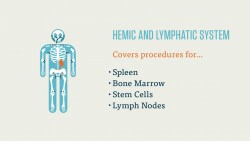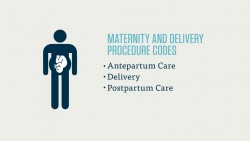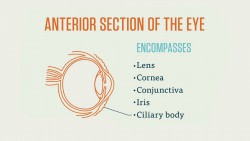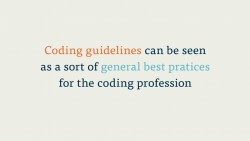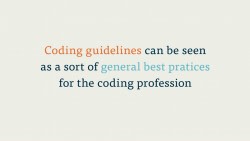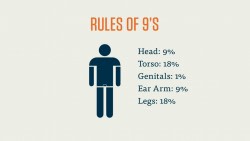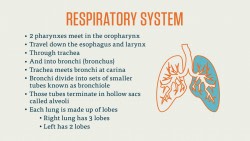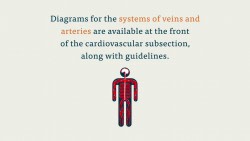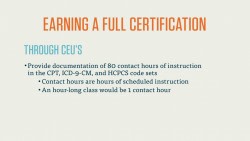The musculoskeletal system is one of the densest subsections of Surgery, spanning the 20000 – 29999 numerical range, toward the front of the CPT Manual. What makes it so dense is that there are listed procedures for every muscle and bone on the body. On the CPC exam, there are about 10 questions on the musculoskeletal system, though that’s just an approximation.
Since breaking down the entire musculoskeletal system would take up a whole other eBook, let’s look at some specific things to watch out for on the CPC exam.
Within the musculoskeletal subsection, there are a variety of different injuries that may occur in a patient. It’s important to be able to differentiate between similar but different injuries that take place on the same part of the body. A fractured finger, for example, is not the same as a dislocated finger, despite the fact that they may produce a similar visible diagnosis and, most likely, a similar amount of pain in the patient. A fracture is a broken bone, while a dislocation is a bone moving out of joint. In a dislocation, the bone is still intact, just in the wrong place.
Recommended Online Programs
A few basic, important vocabulary tips. ‘Osteo’ means ‘bone,’ while ‘arthro’ means ‘joint.’ As with all Surgery codes, you need to know the difference between –ostomies, -otomies, and ectomies, among other surgical vocab terms. You should know the positional terms that tell you where something is, like posterior, superior, inferior, and anterior. You can refer to Course 2-10 for a more thorough breakdown of anatomy and physiology terms.
One of the most complicated parts of the musculoskeletal system is the spine. Bear in mind that procedures on the spine found in the musculoskeletal subsection of Surgery do not refer to the spinal cord itself, but rather to the vertebrae supporting the spinal cord. That’s an important distinction to make.
If you’ve located a key term that tells you a question is related to the spine, double-check to figure out whether you should be looking at the bones of the spine or the spinal cord and its relation to the nervous system. Procedures that affect the nervous system, such as a decompression of pressure on the spine, will be found in the Nervous System subsection of Surgery. You’ll navigate the spine using the numbers of the vertebrae. There are seven cervical vertebrae, twelve thoracic vertebrae, and five lumbar vertebrae. Each of these is noted with an alpha and a number, so the C6 would be the sixth cervical vertebrae.
Essentially, anything that relates to the bones and muscles of the body can be found in the musculoskeletal subsection of Surgery. If a patient needs a bunion removed, that’s in the musculoskeletal section. Bone grafts, bone aspirations, tendon repair, joint reconstruction—they’re all in the musculoskeletal subsection. By learning the proper terms for the area of the body, you can navigate right to the correct part of the subsection, so it’s very important to get some flash cards and get to work.
Like many subsections of Surgery, there are a number of exploratory procedure codes included at the end of musculoskeletal. You’ll find the usual suspects of “scopes,” including endoscopes and arthroscopes, which is a camera inserted into the joint. You may have heard of athletes receiving arthroscopic surgery. That would be coded in the musculoskeletal subsection.
